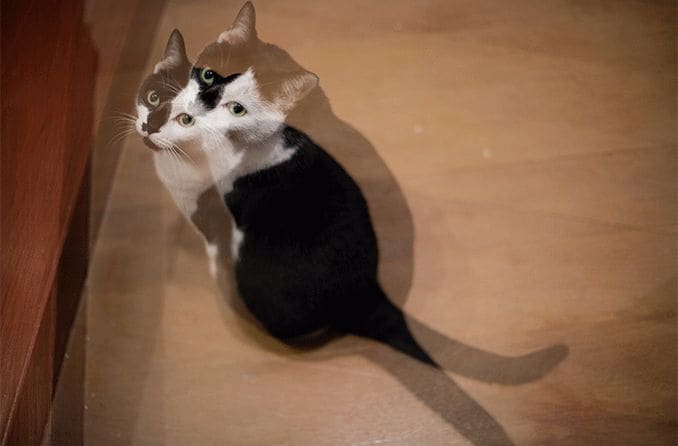While double vision, or diplopia, is typically fleeting, it can indicate a serious — and possibly life-threatening — problem, such as an aneurysm or brain tumor. If you experience sudden, unexpected double vision for several hours, or if you notice any other dramatic changes in your vision, it’s important to see your eye doctor right away for proper assessment and diplopia treatment.
Double vision can occur suddenly and last for different periods of time and to varying degrees of severity for each individual person and occurrence.
Temporary cases of diplopia are less likely to require serious medical attention than ongoing (longer-lasting) or reoccurring (intermittent or transient) cases. Double vision can occur in both children and adults as a symptom of an underlying condition or due to everyday circumstances, such as fatigue or stress.
What causes temporary double vision?
Sudden, temporary double vision, or short-term double vision, can occur due to a variety of causes, including:
Fatigue
Stress
Intoxication
Standing up too quickly
Low blood sugar
Trauma or injury
Major infection, such as shingles (herpes zoster)
The intensity of double vision can vary depending on the cause. And, even though short-term diplopia is not typically considered an emergency (e.g., when it seems to result from everyday circumstances like those listed above), it should not be ignored . This is especially true in cases of eye trauma and infection, which should be examined by an eye doctor as soon as possible.
What causes double vision that comes and goes?
Intermittent (or reoccurring) double vision may come and go as a result of one of the following ongoing issues:
Side effects from certain medications
High blood pressure
Previous trauma
Complications of diabetes
Eye muscle problems such as strabismus
Cornea problems such as dry eye syndrome or astigmatism
Lens problems such as cataracts
If you believe you’re experiencing double vision due to any of the above issues, notify your eye doctor and/or health care provider immediately. If your diplopia comes and goes more than once, it’s important to take note each time it occurs to help your doctor address whatever condition you may be facing.
Note: Although diplopia is a vision condition, an eye doctor may not be the only type of physician to seek out in addressing the problem. For example, if you believe your double vision is the side effect of a medication you’re taking, contact the doctor who prescribed it. For eye trauma, always contact your eye doctor.
What causes constant double vision?
If you suddenly experience constant, ongoing or long-lasting double vision without explanation, it may be the result of a more serious underlying condition and, potentially, a matter of life and death.
A neurological condition can lead to diplopia because of how the brain and vision system work together. If the nerve that sends messages between the brain and eyes is disturbed by a neurological condition, traumatic event or even a brain tumor, it can cause diplopia and other vision problems.
The type of diplopia — monocular or binocular — can help indicate if a person’s double vision is caused by a problem with the brain or within the eye itself. Monocular diplopia describes when a person experiences double vision (often as a ghost image) even if one eye is closed. Possible causes for monocular diplopia include dry eye syndrome and cataracts.
Binocular diplopia only occurs when both eyes are open and may be greater cause for alarm than monocular diplopia. It’s more likely to be caused by a serious underlying condition, including the following neurological conditions:
Brain tumor
Aneurysm
Though the above causes of double vision are less common than stress or fatigue, they can also be the most serious.
Remember, if you suddenly experience double vision, contact a medical professional immediately to address the problem — especially if you’re at higher risk of developing any of the neurological conditions listed above.
READ MORE: What are prism glasses, and how do they help double vision (diplopia)?











